Email Marketing for Content Distribution is an essential strategy for businesses and content creators aiming to engage their audience directly. By leveraging email marketing, you can easily share your latest content, promotions, and updates with your subscribers. But how can you maximize the impact of your emails? Start by segmenting your email list based on subscriber interests and behavior, ensuring that your content is relevant.
Why Use Email Marketing for Content?
Many people use email every day. It’s a common way to connect with others. For businesses, email is a way to reach customers directly. When you share your content through email, you are sending it straight to people who are interested in what you offer. This means they are more likely to read and engage with your content.
The key benefit of email marketing is that it can help you build a stronger relationship with your audience. It’s a way to keep them updated and engaged with your brand.
Benefits of Email Marketing for Content Distribution
Email marketing for content distribution offers a direct and effective way to engage audiences. Boost brand awareness, drive traffic, and increase conversions with targeted email campaigns. Let’s explore the benefits!
- Direct Communication: When you send an email, you reach the person’s inbox directly. This makes it personal and direct. They don’t have to search for your content.
- Targeted Audience: With email, you can send your content to the people who care about it. You can segment your email list based on their interests and behaviors. This ensures that the right people get the right content.
- Cost-Effective: Compared to other marketing methods, email is low-cost. You don’t need to spend a lot of money on ads or other marketing tools. All you need is a good email marketing platform.
- Measurable Results: Email marketing platforms give you detailed data on how well your emails are performing. You can see how many people opened your email, clicked on links, or unsubscribed. This helps you improve your future emails.
- Increased Traffic: By sending your content via email, you can increase traffic to your website or blog. This helps you grow your audience and get more people to read your content.
Types of Content You Can Distribute via Email
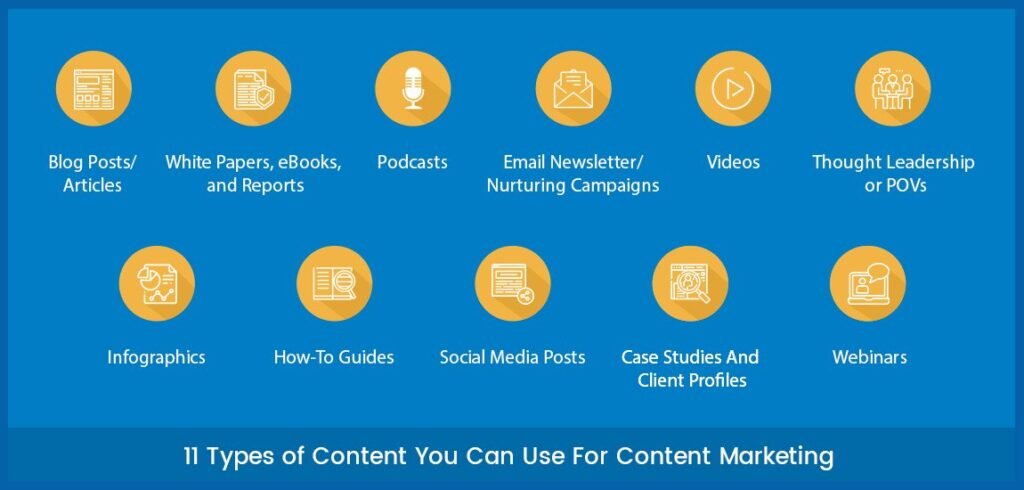
You might be wondering what kind of content you can share through email. Here are a few types:
- Blog Posts: If you write blogs, email is a great way to share them with your subscribers. People who subscribe to your email list are interested in your content, so they are likely to open your email and read the post.
- Newsletters: A newsletter is a regular email that updates your audience about your business or industry. It’s a great way to keep your subscribers informed and engaged.
- Product Updates: If you have new products or services, you can use email to tell your audience about them. This helps increase awareness and can lead to more sales.
- Exclusive Content: People love getting something exclusive. By offering exclusive content through email, you can make your subscribers feel special and encourage more people to sign up for your list.
- Promotions and Offers: Emails are a great way to share discounts, special offers, and promotions. This type of content can drive sales and keep your audience interested.
How to Build Your Email List
Before you can use email marketing, you need a list of people to send your emails to. Here are a few simple ways to grow your email list:
- Use Sign-Up Forms: Add email sign-up forms to your website and blog. Make it easy for people to join your list. You can also offer a freebie, like an ebook or guide, in exchange for their email address.
- Promote Your List on Social Media: Share links to your email sign-up page on your social media accounts. Encourage people to join your list for updates and exclusive content.
- Run Contests or Giveaways: People love free stuff. Running a contest or giveaway can encourage people to sign up for your email list. Make sure the prize is something your audience will find valuable.
- Offer Valuable Content: People will sign up for your email list if you offer valuable content. Whether it’s tips, guides, or discounts, make sure your subscribers feel they are getting something useful.
Creating an Effective Email Campaign
Once you have an email list, it’s time to send your content. But how do you create an email campaign that works? Here are some tips:
- Write a Catchy Subject Line: The subject line is the first thing people see. If it’s not interesting, they might not open your email. Make it short, clear, and attention-grabbing.
- Personalize Your Emails: People like to feel special. Use their name in the email and personalize the content based on their interests. This makes the email feel more personal and relevant.
- Use a Simple Design: Keep your email design simple. Too many images or fancy designs can distract from your message. Use clear headings, short paragraphs, and a call to action (CTA) that tells the reader what to do next.
- Include a Clear Call to Action: A call to action is an instruction that tells the reader what to do next. For example, “Read this blog post,” “Visit our website,” or “Shop now.” Make it easy for your audience to take action.
- Test Your Emails: Before you send your email to your entire list, test it. Send it to yourself or a small group of people. Check for any errors, broken links, or design issues.
How to Improve Your Email Open Rates
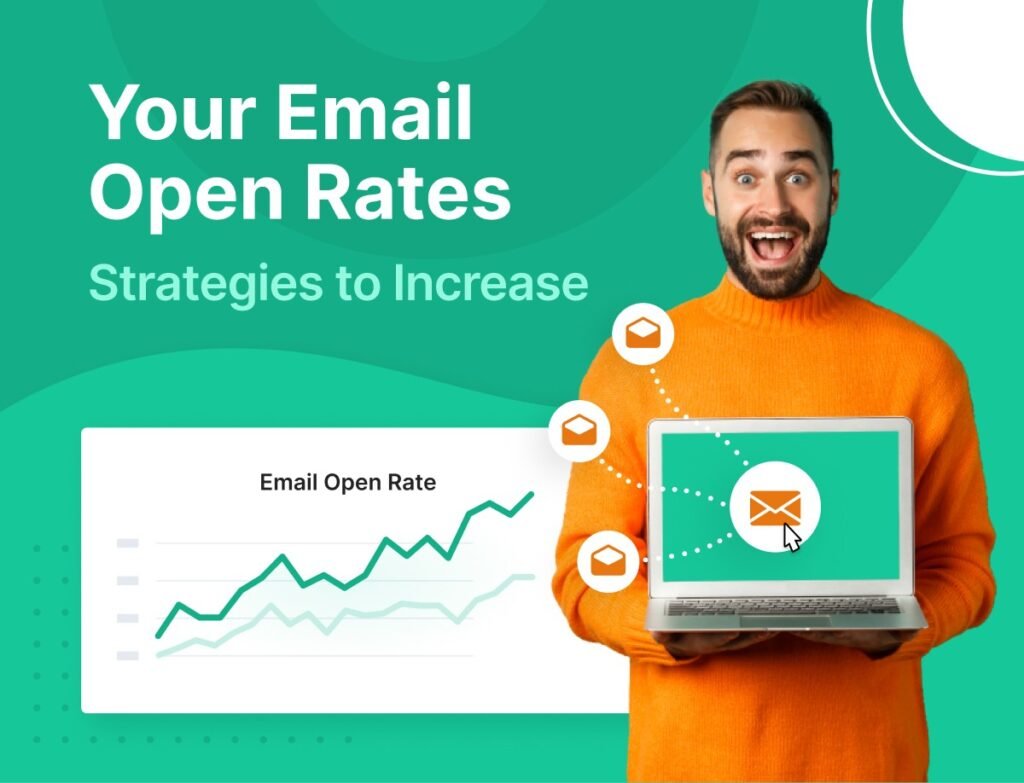
Email Marketing for Content Distribution is essential for increasing engagement and ensuring your content reaches your audience. One of the biggest challenges is getting subscribers to open your emails. If your emails aren’t being opened, your content won’t get noticed. Improve your email open rates with these simple strategies to boost visibility and drive more traffic to your conten:
- Craft Compelling Subject Lines: The subject line is the first thing people see in their inbox. It’s the main reason they will either open or ignore your email. Make it clear, concise, and interesting. For example, if you’re sharing a blog post, you could use something like “How to Improve Your Email Marketing in 5 Simple Steps.” A subject line like this tells the reader what to expect and encourages them to click.
- Test Different Subject Lines: Sometimes, a small change in the subject line can make a big difference. Test different subject lines to see which one works best for your audience. You can do this by sending two versions of your email to small groups of people and measuring which one gets more opens.
- Timing Is Important: When you send your emails can impact whether people open them. Studies show that emails sent in the morning tend to get better open rates. Try sending emails at different times of the day to see what works best for your audience.
- Segment Your Email List: Not all of your subscribers will be interested in the same content. Segment your list based on interests, past behavior, or location. This helps you send the right content to the right people. When your content is relevant to the reader, they are more likely to open the email.
- Create a Sense of Urgency: Adding urgency to your subject lines can encourage people to open your email quickly. For example, “Last chance for 20% off” or “Limited time offer” makes people feel they might miss out if they don’t act now.
Writing Engaging Email Content
Once you’ve got your subscribers to open your email, the next step is to keep them engaged with your content. Here are some tips to make your email content more engaging:
- Start with a Personal Greeting: People like to feel special. Start your email by addressing the reader by name. For example, “Hi John,” instead of just “Hi there.” This small touch makes the email feel more personal.
- Keep It Short and Sweet: People receive lots of emails every day, so they don’t have time to read long emails. Keep your content short and to the point. Use clear headings and bullet points to make it easy for the reader to scan the email.
- Tell a Story: People love stories. They are more likely to remember your email if it tells a story. For example, you can share how your product helped someone or how a piece of content changed the way you do business. Stories create a connection with your audience.
- Use Clear and Simple Language: Avoid using complicated words or jargon. Your goal is to communicate clearly and quickly. Use simple, easy-to-understand language that your audience will relate to.
- Use Visuals: Adding a few images or graphics can make your email more engaging. However, don’t overdo it. Keep the visuals relevant to the content and make sure they enhance the message rather than distract from it.
- Include a Clear Call to Action: Every email should have a clear action you want the reader to take. Whether it’s visiting your website, reading a blog post, or making a purchase, your call to action should be obvious. Use buttons or links to make it easy for the reader to follow through.
Measuring Your Email Marketing Success

After sending your email, you need to know how well it performed. There are several key metrics you can track to measure the success of your email marketing efforts:
- Open Rate: This is the percentage of people who opened your email. A high open rate means your subject line and timing were effective. If your open rate is low, consider changing your subject lines or testing different times to send your emails.
- Click-Through Rate (CTR): This measures how many people clicked on the links in your email. A higher CTR means your email content was interesting and engaging. If your CTR is low, try improving your call to action or making your content more relevant to your audience.
- Bounce Rate: The bounce rate shows how many emails couldn’t be delivered. A high bounce rate can indicate issues with your email list, such as invalid email addresses. Make sure you regularly clean your list to remove inactive subscribers.
- Unsubscribe Rate: This is the percentage of people who unsubscribed after receiving your email. If this rate is high, it could mean your emails are not meeting your audience’s expectations. Try to provide more value and segment your list better to reduce unsubscribes.
- Conversion Rate: The conversion rate tells you how many people took the action you wanted them to take, such as purchasing a product or reading a blog post. This is one of the most important metrics because it shows how effective your email campaign is at achieving your goals.
By tracking these metrics, you can see what’s working and what needs improvement in your email marketing campaigns.
Best Practices for Effective Email Content Distribution
To make the most out of email marketing, it’s important to follow a few best practices. These guidelines will help you maximize your results and ensure your content reaches the right audience.
1. Optimize for Mobile Devices
More and more people check their emails on mobile devices like smartphones and tablets. If your email isn’t mobile-friendly, it may be hard for subscribers to read or interact with your content. Here’s how to optimize for mobile:
- Use a responsive design: This ensures your email adjusts to different screen sizes.
- Keep your subject lines short so they don’t get cut off on small screens.
- Use large, easy-to-click buttons for calls to action.
- Avoid using large images that can slow down loading times.
2. Stay Consistent with Your Email Schedule
Consistency is key when it comes to email marketing. Whether you send emails weekly, bi-weekly, or monthly, make sure you stick to a regular schedule. This helps build trust and keeps your audience engaged. They will start to expect your emails and look forward to the next one.
3. Personalize Your Emails
Email Marketing for Content Distribution is a powerful strategy for reaching your audience with tailored content. Personalization goes beyond just using the subscriber’s name, allowing you to target preferences based on past engagement. For example, if a user clicked on an email about email marketing, you can send them related content. This personalized approach increases attention and boosts engagement, making your email campaigns more effective in distributing valuable content.
4. Segment Your Audience
Email Marketing for Content Distribution allows you to reach your audience with tailored content. Not every subscriber is interested in the same material, so segment your email list based on demographics, location, and interests. For instance, e-commerce stores can send product updates to past buyers, while bloggers can target readers based on preferred topics. By personalizing your email marketing strategy, you boost engagement and increase the effectiveness of your content distribution.
5. Ensure Your Emails are Accessible
Make sure your emails are accessible to all readers, including those with disabilities. Some tips for making your emails more accessible include:
- Use alt text for images so that people using screen readers can understand the content.
- Choose readable fonts and large text sizes.
- Avoid using images that convey important information without text.
By making your emails accessible, you ensure that everyone on your list can engage with your content.
6. Focus on Deliverability
Even the best email campaigns won’t work if your emails don’t reach your subscribers’ inboxes. Make sure your emails don’t end up in the spam folder. Here are some tips for improving deliverability:
- Use a reputable email service provider (ESP) with a good reputation for delivering emails.
- Avoid using spammy words in your subject line or body text (like “free,” “limited time,” etc.).
- Ask your subscribers to whitelist your email address so it doesn’t get marked as spam.
7. Create a Strong Opt-In Process
Email Marketing for Content Distribution is crucial for reaching engaged audiences. Build your email list through a clear opt-in process, ensuring subscribers genuinely want your content. A strong opt-in method increases your chances of successful engagement, making your email campaigns more effective in content distribution and audience growth.
You can also use a double opt-in method, where subscribers must confirm their email address before they are added to your list. This helps prevent fake or invalid email addresses from being added to your list.
How to Avoid Common Email Marketing Mistakes
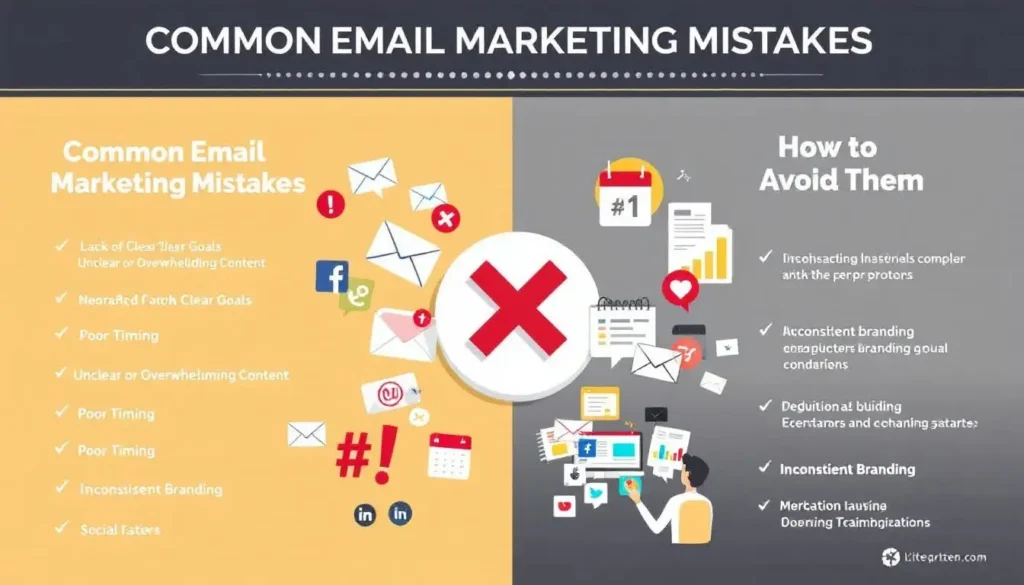
Even experienced marketers can make mistakes. Here are a few common email marketing mistakes to avoid:
- Not Segmenting Your Email List: Sending the same email to everyone on your list can lead to lower engagement. Make sure to segment your list based on interests, behavior, or demographics.
- Sending Too Many Emails: Bombarding your subscribers with too many emails can lead to them unsubscribing. It’s important to find a balance. Test different frequencies and see what works best for your audience.
- Neglecting the Design: A poorly designed email can make your content hard to read. Pay attention to the layout, fonts, and images. Keep it simple and visually appealing.
- Ignoring Data and Analytics: If you don’t track your email campaign results, you won’t know what’s working and what’s not. Use the data to make improvements and optimize your future emails.
- Forgetting to Test: Always test your emails before sending them to your full list. This can help you catch mistakes and improve the quality of your emails.
Conclusion
Email marketing for content distribution is a powerful strategy to reach a targeted audience. By crafting engaging content and using proven tactics, you can drive traffic and build subscriber relationships effectively.
Email Marketing for Content Distribution” boosts engagement by focusing on personalization, segmentation, and deliverability. Maximize your efforts to achieve business goals and keep your audience engaged through targeted campaigns.
Start today by applying these strategies and tips to your next email marketing campaign. The more you practice, the better you will get at distributing your content through email.
Happy emailing!
What is email marketing for content distribution?
Email marketing for content distribution involves using email campaigns to share valuable content with your audience, driving engagement and traffic. The best email marketing for content distribution focuses on personalization and segmentation.
How can I improve my email marketing for content distribution?
To improve your email marketing, focus on crafting engaging, personalized content. Use segmentation strategies to target the right audience and ensure high deliverability for maximum effectiveness in content distribution.
Why is personalization important in email marketing for content distribution?
Personalization helps tailor your messages to individual preferences, increasing engagement and boosting conversion rates. The best email marketing for content distribution leverages personalized content for more meaningful connections.
What role does segmentation play in email marketing for content distribution?
Segmentation ensures your emails reach the right audience with content that resonates with them. Using effective segmentation is key in delivering the best email marketing for content distribution and maximizing your campaign’s success.
How do I ensure high deliverability in email marketing for content distribution?
To ensure high deliverability, clean your email list regularly, avoid spammy content, and optimize subject lines. The best email marketing for content distribution considers these factors to improve reach and engagement.


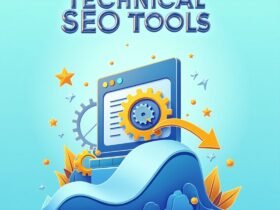
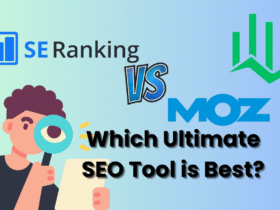


Leave a Reply